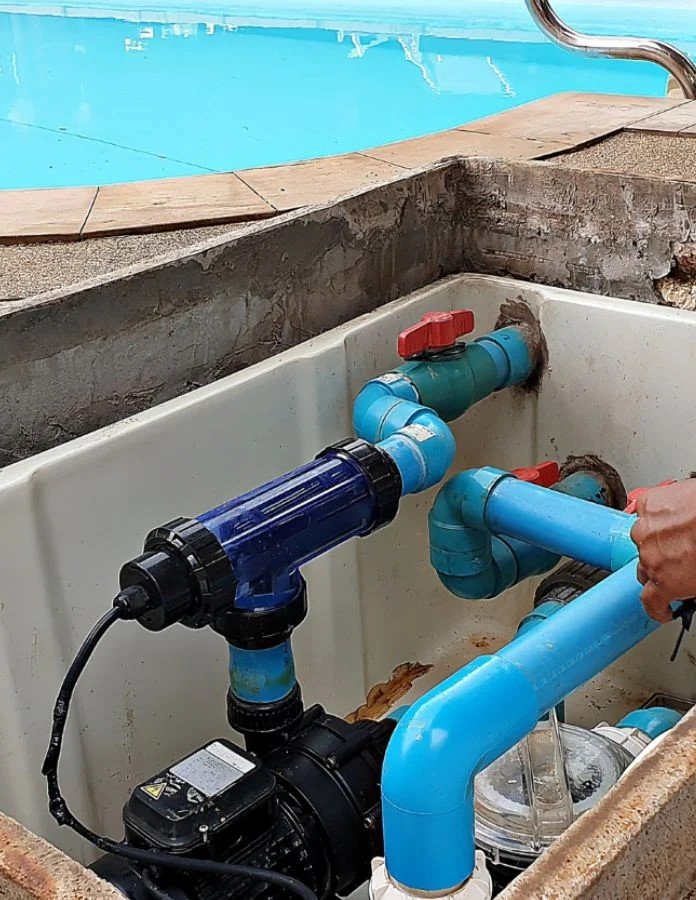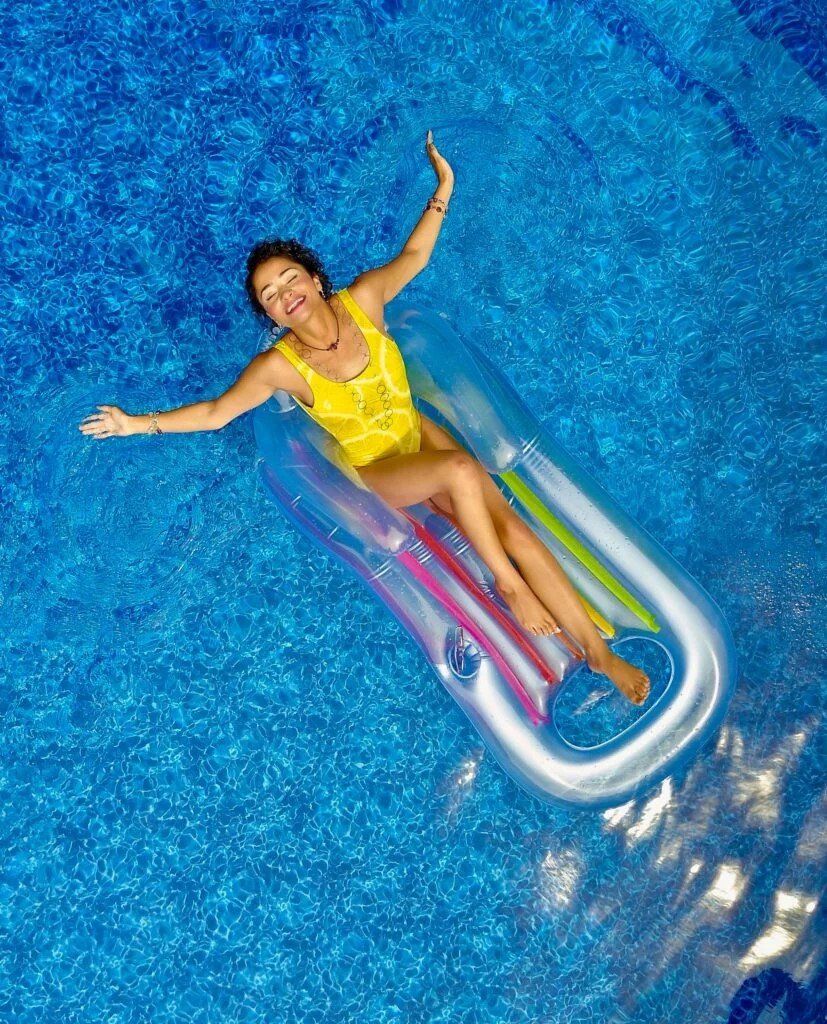Ozone vs Saltwater Pools: Exploring the Advantages
In the world of swimming pools, the shift from traditional chlorine tablets to salt chlorine generators has been notable. Salt chlorine pools utilize a generator to transform salt into chlorine, providing both convenience and safety, making them a popular choice for private pools. When comparing ozone vs salt water pools, it’s clear that both bring valuable benefits to the table.

The Benefits of Ozone and Salt Water Pools
Choosing between ozone and salt water pools comes down to personal preference, as both methods offer significant advantages over conventional chlorine treatments. Here are some shared benefits:
- Pool water is automatically decontaminated and oxidized, ensuring a cleaner and more
hygienic environment. - They produce minimal chloramines, often responsible for the harsh smell and irritation
associated with traditional pools. - Both options significantly reduce or eliminate the use of chemicals that could harm your
health. - Swimmers enjoy the absence of skin and eye irritation thanks to the gentler water
quality. - The water in ozone and salt pools feels softer on the skin, enhancing the swimming
experience.
Challenges With Saltwater Pools
While transitioning from traditional chlorine to saltwater systems has gained popularity for their ease and perceived safety, not every pool owner’s experience has been positive. Reports have surfaced among some saltwater pool owners about unusual stains and discoloration in their pools, ranging from brown or black rings near ladders to dark patches on the pool floor and even instances of water turning a purple or brown hue. These issues often leave owners puzzled, struggling to remove the stains or prevent their recurrence.
The root cause of these mysterious blemishes is galvanic corrosion. This concept becomes clearer upon understanding the workings of salt chlorine generators. This electrochemical reaction is more likely to occur in pools with high levels of total dissolved solids, which is linked to the essential electrolysis process used in these systems.
Electrolysis, the backbone of chlorine generator technology, involves the chemical decomposition facilitated by electricity. This process splits sodium chloride (common table salt) into sodium and chloride ions, creating chlorine from salt. In saltwater pools, an electric current is passed through the water containing dissolved sodium chloride, enabling the chlorine generation that keeps the pool sanitized.
The most common type of salt chlorine generator found in pools is the in-line generator, which includes titanium electrochemical cells through which the pool water is circulated. As the salt- infused water interacts with these electric cells, it’s transformed into chlorine and sodium ions, thus maintaining the pool’s cleanliness and safety. However, the same process can lead to the aforementioned staining issues due to galvanic corrosion, highlighting a notable drawback of saltwater pool systems.


Electrolysis in Saltwater Pool Systems
Switching from traditional chlorine pools to saltwater systems hasn’t been a smooth journey. Some pool owners have encountered persistent issues with unusual staining and water discoloration. These range from dark rings and specks in various pool areas to unexpected changes in water color, leaving owners at a loss for solutions.
The cause behind these perplexing stains is galvanic corrosion, an issue tied closely to the principles of salt chlorine generator operation. This phenomenon, primarily occurring in pools with high total dissolved solids, stems from electrolysis—a foundational process for chlorine generation in saltwater pools.
Electrolysis involves the breakdown of sodium chloride, found naturally in sea salt, into sodium and chloride ions through an electric current. This reaction is pivotal in transforming these ions nto chlorine, which is utilized for pool sanitation. Saltwater pool systems, particularly the widely used in-line generators, incorporate titanium electrochemical cells to facilitate this transformation. As pool water infused with salt passes over these cells, it undergoes electrolysis, producing chlorine that ensures the pool remains clean and safe.
This detailed look into electrolysis and salt chlorine generators reveals the technological marvel behind saltwater pools. However, it also highlights the challenges, such as galvanic corrosion, that can impact the pool’s aesthetic and require informed management.
Safeguarding Your Saltwater Pool with Zinc
Addressing corrosion in saltwater pools has a straightforward solution: an anodic metal, like zinc, which corrodes in place of copper but doesn’t leave stains. Zinc ranks lower than copper and titanium on the Galvanic Corrosion Chart, ensuring it corrodes first in an electrolysis reaction. It significantly reduces copper corrosion without leaving behind unsightly stains or posing a risk to human health.
Incorporating zinc into your pool system is as simple as placing solid zinc in the circulation system or pool skimmer. Alongside zinc addition, employing a phosphate-free metal remover is critical to extracting already corroded copper, avoiding exacerbating staining issues and generator complications. While zinc is a preventive measure against future corrosion and staining, it’s not a remedy for existing blemishes.
Moreover, zinc helps prevent water from turning purple by balancing the pool’s chemistry. Adjusting the pH to be less acidic and reducing cyanuric acid to about 35 parts per million are critical steps in eradicating stains and preventing their recurrence.
Transitioning to ozone vs. salt water pools, the preference for ozone as a primary sanitizer is growing despite its reduced efficacy at higher temperatures. Minimal use of chlorine in less circulated areas complements ozone’s sanitizing power, preventing algae growth. Ozone stands out for its ability to enhance pool water appearance, giving it a crystal clear look thanks to a contact tank that maximizes oxygen interaction and reduces bubble formation. Ultimately, ozone emerges as the superior choice for a stunningly clean and safe swimming environment.



